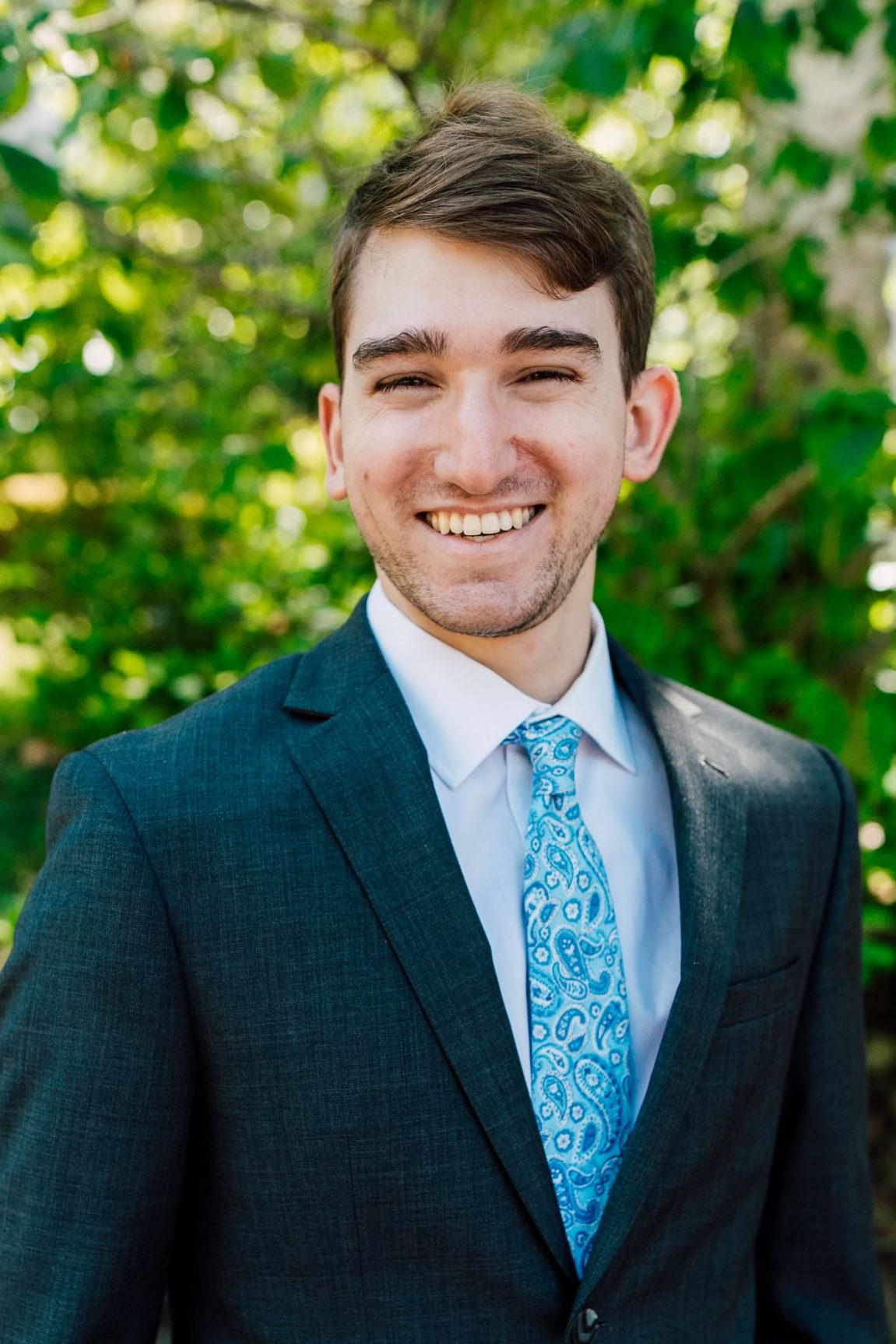Current Group Members
| Group Member | Department | Research | |
|---|---|---|---|
| Roger Chang | ChBE | rogerc2@illinois.edu | Protein-material interactions |
| Will Baker | ChBE | wdbaker2@illinois.edu | Menchymal stem cell engineering |
| Arthur Zou | Biochemistry | yubozou2@illinois.edu | Mechanotransduction |
| Evan Hebner | Biochemistry | ehebner2@illinois.edu | Mechanotransduction in cancer |
| Al-Sadiq Rahemtula | Bioengineering | alsadiq3@illinois.edu | Mechano-selectivity |
| Kyrollos Shenouda | Bioengineering | ks90@illinois.edu | Cadherin assembly at cell junctions |
| Saiko | srsnbrgr@illinois.edu | Expert technical support |

Roger Chang
Graduate Student, Chemical & Biomolecular Engineering
My research interest lies in understanding microenvironmental effects on the thermodynamics and kinetics of biomolecules. Research has shifted towards developing novel materials for stabilizing and delivery of biological materials, and fast relaxation imaging (FReI) allows for local analysis of material environmental properties that impact the function of the biologics. My focus is to investigate the stability of proteins encapsulated in alginate hydrogels, which are prevalent as biomaterials and controlled drug delivery systems.
[picture]
Yubo (Arthur) Zou
Graduate Student, Biochemistry
I am investigating E-cadherin interactions with epidermal growth factor receptor (EGFR) in force transduction. My work is testing whether direct interactions between E-cadherin and EGFR are required for force transduction signaling, and I am identifying the protein regions required for the interaction. Studies are also exploring how cancer linked cadherin mutations alter contact inhibition of proliferation and force transduction. I also collaborate with Evan Hebner to study how these cadherin mutations affect cell organization and invasion in 3D cultures.

Evan Hebner
Graduate Student, Biochemistry
My research is aimed at understanding how cells respond to mechanical forces in tissues. It is well known that increased tissue stiffness in tumors contributes to tumorigenesis and metastasis. I am interested in uncovering how protein interactions at the cell junction drive these stiffness and force-dependent responses. The cell-cell adhesion molecule E-cadherin is a vital site for this force transduction via membrane interactions with Epidermal Growth Factor Receptor (EGFR). I am exploring how E-cadherin-ligand interactions permit or inhibit EGFR activation at cell junctions. This work will allow researchers to better understand how cells respond to mechanical cues in their environment to guide morphogenesis and tumorigenesis.

Al-Sadiq Rahemtulla
Graduate Student, Bioengineering
My work is to understand how cells stick to each other and separate out into clusters depending on tissue type. I look at previous work showing that how strongly the cells bind to one another, as well as the stiffness of the cells causes this sorting behavior. Thus, I aim to measure the mechanism between the strength of the binding and cell stiffness. We hypothesize that the adhesion type (homotypic vs heterotypic) reinforces the strength of the cells’ binding and causes changes in the stiffness of the cell through some biochemical cues, which attribute to how these cells sort. To address this, I am designing a system in which we bring cells into contact with each other and then separate them to determine the strength of the binding. We can then calculate the resulting stiffness of the cells using the angle formed at the cell-cell junction. This relationship provides valuable insight towards tissue morphogenesis and adhesion-regulation in cancers.
[picture]
Kyrollos Shenouda
Graduate Student, Bioengineering
My focus is on cadherin interactions at intercellular junctions and how they regulate clustering and adhesion. In particular, recent findings that suggest that cadherin clustering allosterically enhances cadherin trans binding affinities. I am using protein engineering, micropipette measurements, and kinetic Monte Carlo modeling (collaborations) to explore how confinement and inside out signaling alter cadherin binding affinities and regulate intercellular adhesion.
